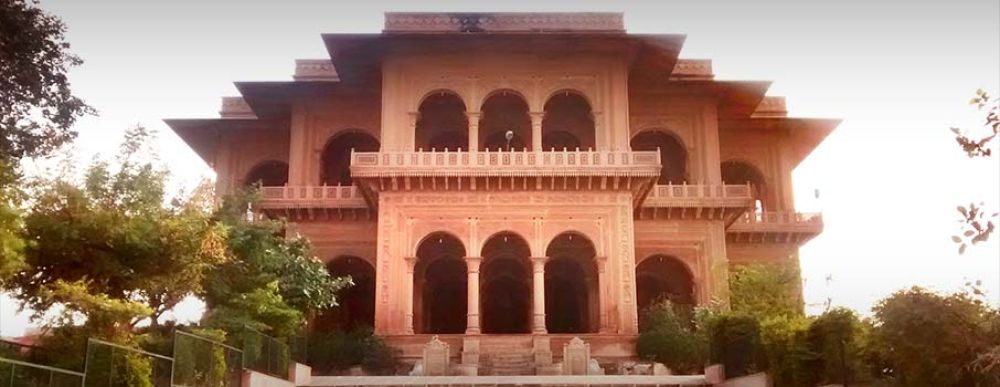

Bharatpur, a city in Rajasthan, India, is widely recognized for its rich history and cultural heritage. Among the revered sites in Bharatpur, the Ganga Mandir, which translates to 'Ganges Temple,' stands as a significant landmark with a unique story that contributes to the local tourism tapestry.
The foundation of the Ganga Mandir dates back to the 19th century and involves a communal effort led by Maharaja Balwant Singh, who was the ruler of Bharatpur at that time. According to local lore, in 1845, the Maharaja decreed that all the citizens of the kingdom must contribute to the temple's construction, with the wealthy offering money and the poor providing labor. The Temple is dedicated to Goddess Ganga, but also houses deities of various other Hindu gods and goddesses, enriching its spiritual value.
Over the years, the Ganga Mandir has not only been a place of worship but has also played a pivotal role in attracting tourists from all over the world. This is due to its strategic location in the city's heart and its exquisite architecture that blends South Indian, Mughal, and Rajputana styles. The temple's intricate carvings and detailed workmanship showcase the dexterity of the local artisans and serve as a testament to Bharatpur's historical importance.
The growth in tourism can be partly attributed to the temple's proximity to other popular attractions, such as the Keoladeo National Park, previously known as the Bharatpur Bird Sanctuary. This UNESCO World Heritage Site is just a few kilometers away and adds to the city's allure for visitors.
Modern trends in tourism within Bharatpur, including visits to the Ganga Mandir, have been influenced by the increased accessibility of the region through improved transportation and the proliferation of digital platforms. With enhanced awareness through travel blogs, websites, and social media, more travelers are becoming interested in exploring off-the-beaten-path destinations that are rich in cultural and historical backgrounds.
Experiential travel has also gained popularity, where tourists seek to immerse themselves in local culture and customs, such as attending the temple's vibrant festivals and rituals. This has boosted the temple's significance not just as a religious site but as a living cultural center.
Sustainable tourism practices are also beginning to take hold, as visitors are growing more conscious of their impact on the destinations they visit. Efforts are being made to preserve the historical integrity of the temple, while accommodating tourists in an eco-friendly manner.
In conclusion, the Ganga Mandir in Bharatpur, Rajasthan, is more than just a temple; it is a cornerstone of local heritage that has continually shaped the city's tourism landscape. Its historical narrative, combined with its architectural magnificence, continue to draw visitors interested in exploring the spiritual and cultural richness of India.